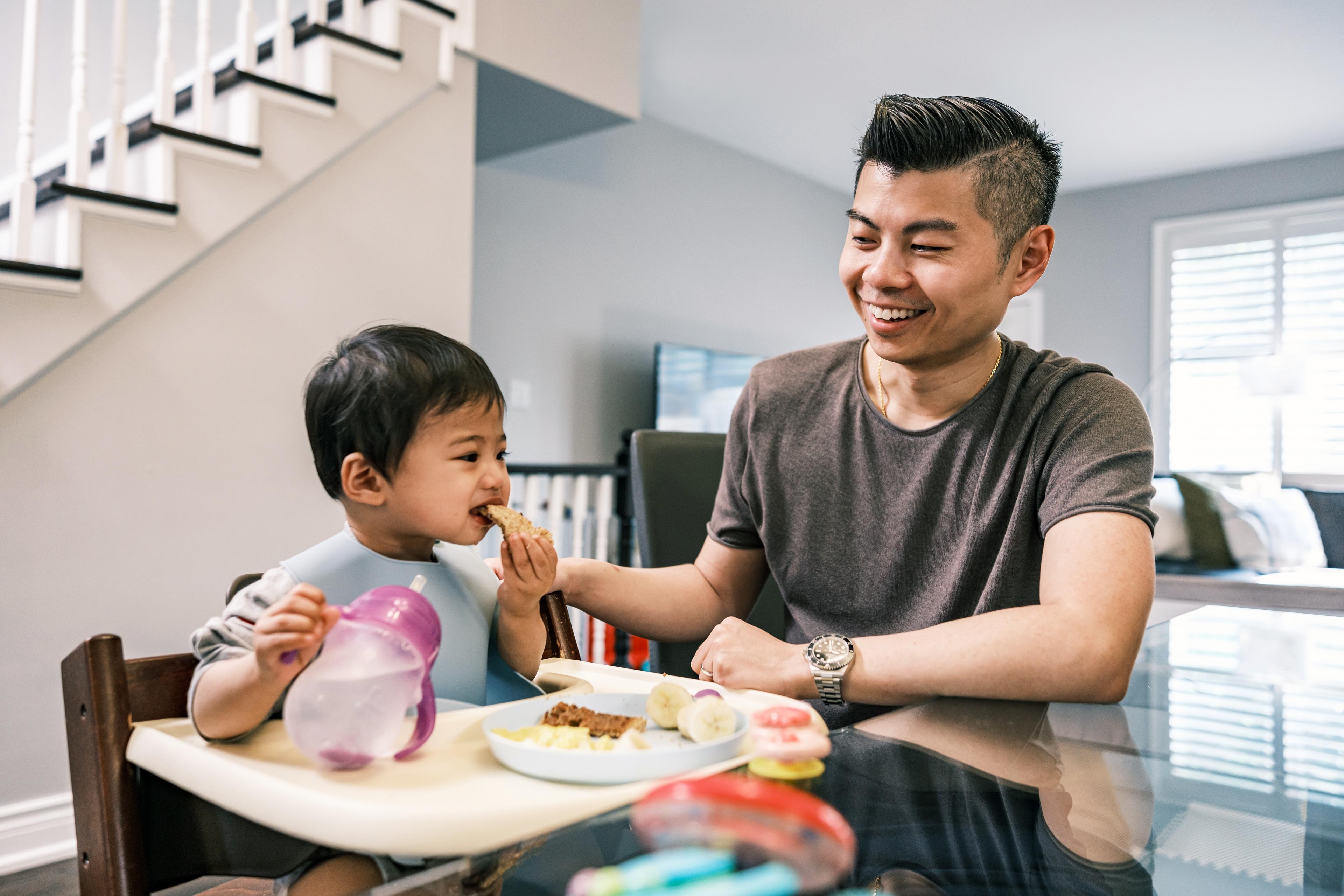Danger: Hot Cars are Life-Threatening Environments for Children
| 3 min read

While adults may often associate hot cars with discomfort, this environment has proven to be life-threatening for young children.
According to the Department of Meteorology and Climate Science, 14 children in the U.S. have died this year alone from vehicular heatstroke. Of all deaths related to these circumstances, 54 percent are a result of children being forgotten by a guardian or caregiver and more than half were under the age of two.
Believe it or not, a child’s body heats up three to five times faster than adults. Throughout summer, families and individuals should take the time to educate themselves on the dangers of vehicular heatstroke and how to prevent an irreversible mistake.
- Park, Lock, Look: Before exiting a parked vehicle, make it a habit to look in the backseat. While it may seem out of the ordinary for some, not everyone is used to having a child in the car. If an individual is caring for a child for the first time, it can be easy to follow a normal routine without realizing the mistake before it’s too late. Place a purse or phone in the backseat instead of the front to guarantee a look in the back.
- Driveway Safety: The second most common cause of vehicular heatstroke is a result of children playing in an unattended car. Whenever a vehicle is parked, ensure that it is locked and the keys are out of reach. Young kids who enter unlocked cars while an adult is not looking are at risk of locking themselves in and not knowing how to escape a dangerous environment.
- Find a Sitter: While it may seem harmless to leave a child unattended for a quick run in the grocery store, a parked car can quickly become dangerous. In just 10 minutes, a vehicle’s temperature can rise over 20 degrees—regardless of the weather outside. In addition, cracking a window does very little to keep the car cool once it is turned off. If a child is not able to accompany an adult during an errand, it is best to find a babysitter or bring a responsible companion to stay in the car with the child.
- Educate the Kids: Like any emergency, it’s important to educate children on how to react if they are alone in a locked vehicle. As a family, perform a locked-car-drill to demonstrate how to lock and unlock doors, roll down windows and/or sound the alarm. Practice the drill two or three times a month to ensure the kids are comfortable with how to respond to the situation.
- Check-In: If a child is in someone else’s care, make it a habit to check-in and confirm safe arrival to any given destination—whether it is a house, park, store, etc. The consequence of leaving a child in a car can range from jail time to serious fines, or a combination of the two. Older children can also be made responsible for checking in at various times with a call or text while traveling without their guardian.
- Pay Attention: Nine states in the U.S., including Michigan, have laws against leaving a child unattended in a vehicle. Those traveling with or without children should pay close attention to their surroundings and contact emergency responders if they encounter an unattended child in a parked car. Remember, even in unclear situations, it’s always better to speak up.
Photo Credit: Steve Baker





